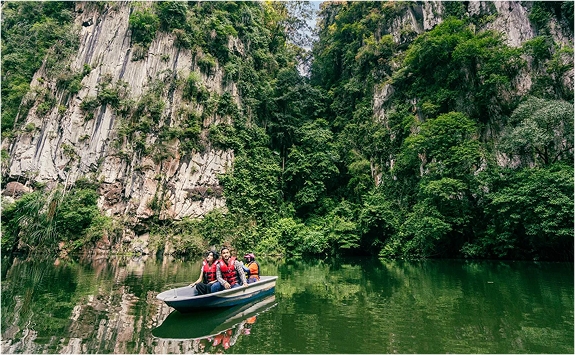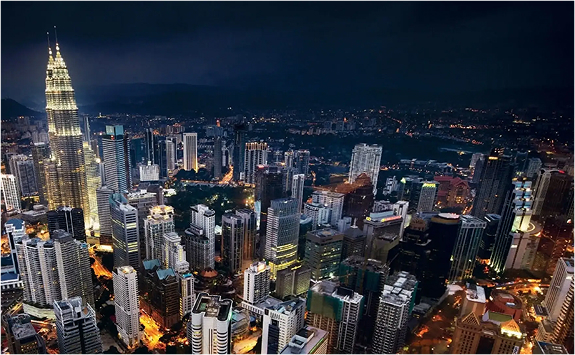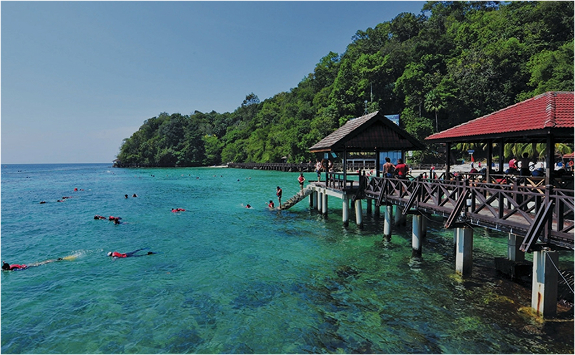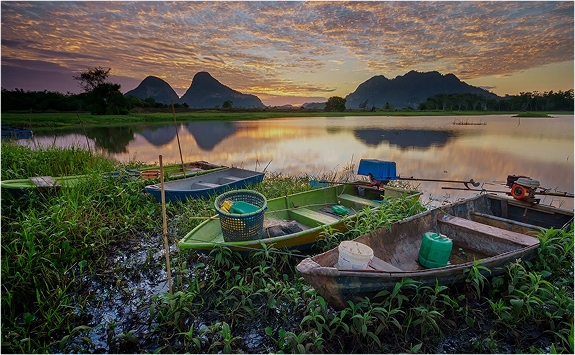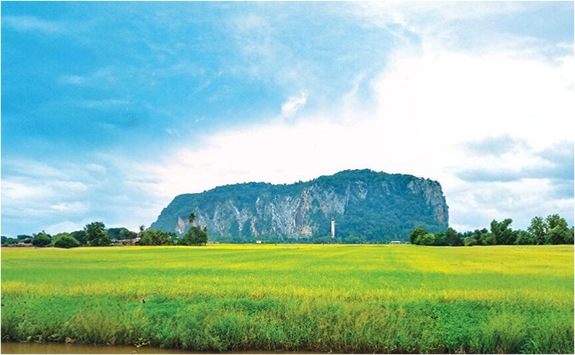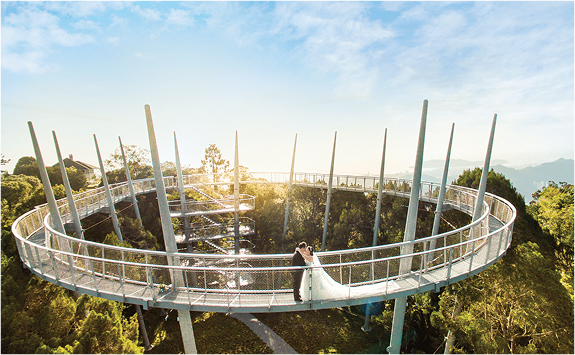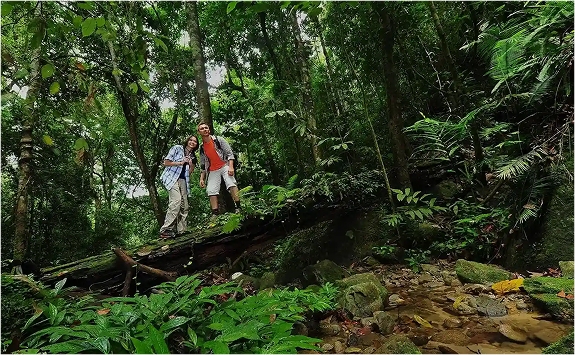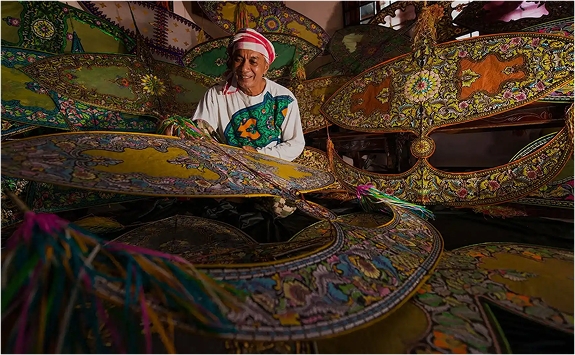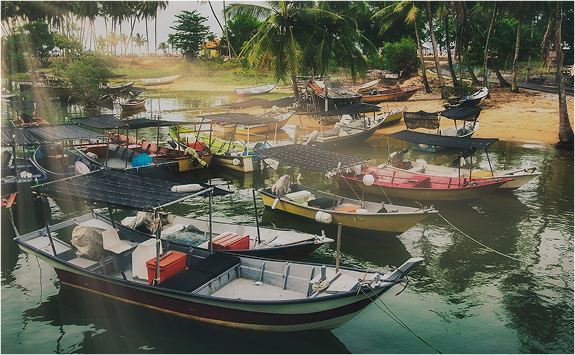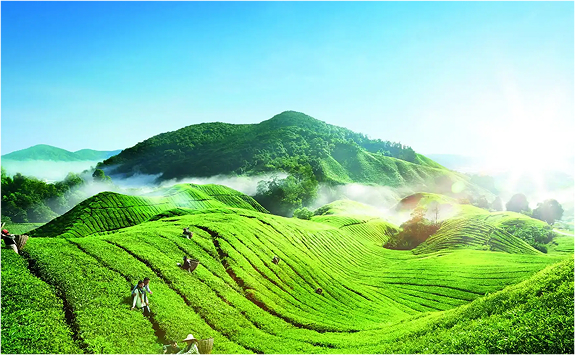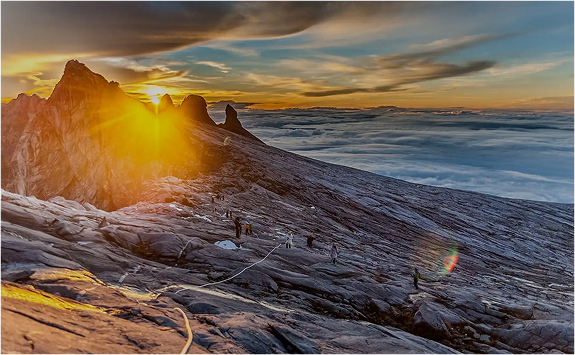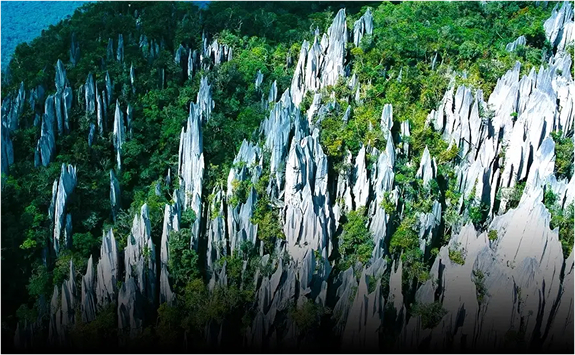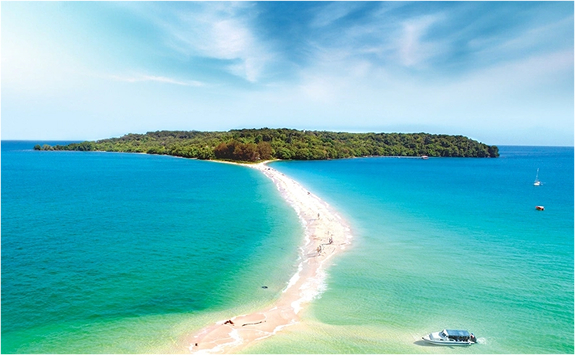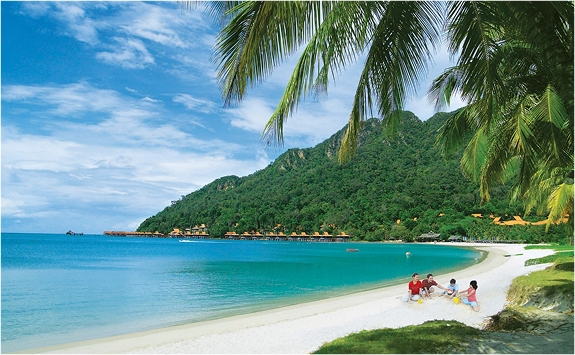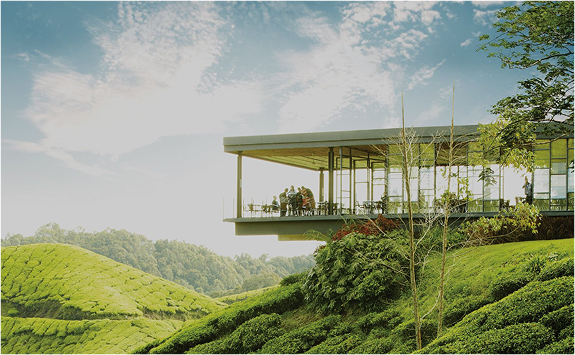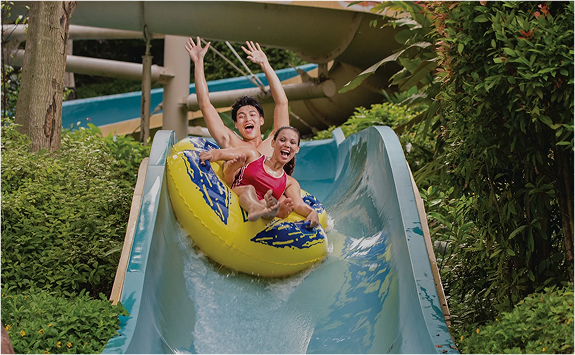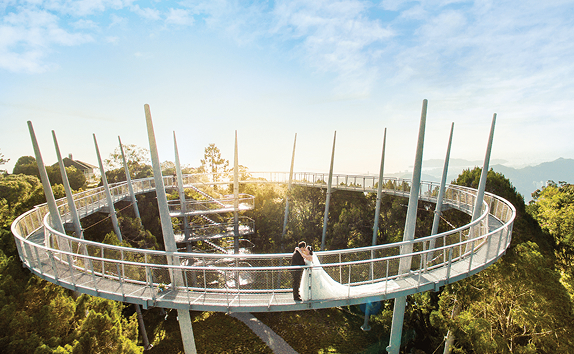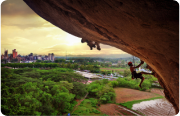- General Guide
All set to explore? Get a head start with this simple, easy-to-navigate brochure. Find quick information on the best sights and scenes in every state.
- Destination Guide
Get a glimpse of Malaysia’s bustling Metropolitan capital and the ever-popular Isle of Legends. Find out where to go for the best experience be it gastronomic or lifestyle, and indulge in the best each destination has to offer.
- Pocket Guides
Malaysia Northern Region
(State)
Generally referred to as the ‘rice bowl states’ of Malaysia, enjoy breath-taking seasonal greenery of the sprawling paddy fields, UNESCO heritage sites and the popular island getaways.
Malaysia East Coast Region
(State)
Arguably the most culturally rich region in Malaysia, come and enjoy the best of beaches, and the lushest of rainforests. Tantalise your taste buds and get in touch with your creative inner self with a multitude of traditionally-inspired crafts, too!
Malaysia East Malaysia
(State)
The land of the wild, and not forgetting, tribal mystique! Immerse yourself in the emerald vast rainforest in Malaysian Borneo for an unforgettable adventure-themed holiday with the backdrop of majestic mountains, wildlife sanctuaries, rare species of flora and diverse cultures.
- Experience Guides
Whatever you fancy, take a peek and have a go! From laidback leisurely hikes to off-road ATV rides, choose one or two, or even three, and enjoy! Choose from the many beaches, highlands and forests, all ready to impress you.
- Events & Festivals
- e-Brochures
e-Brochures
(State)
Discover comprehensive location insights with ease through our carefully curated and well organized e-Brochure collection! Find everything you need to know and in one convenient place.
Malaysia Northern Region
Malaysia East Coast Region
Malaysia Central Region
- Malaysia Travel Guide
- Cool Highlands
- Fun and Fantasy
- Islands and Beaches
- Adventures with Nature
- Birdwatching Paradise
-
- Kuala Lumpur
- Langkawi
- Map of Malaysia
-
Malaysia Northern Region
- Perlis
- Kedah
- Penang
- Perak
-
Malaysia East Coast Region
- Kelantan
- Terengganu
- Pahang
-
Malaysia Central Region
- Kuala Lumpur
- Selangor
- Putrajaya
- Sabah
- Sarawak
- Labuan
-
Malaysia Southern Region
- Melaka
- Negeri Sembilan
- Johor
Malaysia East Malaysia
Search
- English
- 中文
Search
- English
- 中文
- General Guide
All set to explore? Get a head start with this simple, easy-to-navigate brochure. Find quick information on the best sights and scenes in every state.
- Destination Guide
Get a glimpse of Malaysia’s bustling Metropolitan capital and the ever-popular Isle of Legends. Find out where to go for the best experience be it gastronomic or lifestyle, and indulge in the best each destination has to offer.
- Pocket Guides
Malaysia Northern Region
(State)
Generally referred to as the ‘rice bowl states’ of Malaysia, enjoy breath-taking seasonal greenery of the sprawling paddy fields, UNESCO heritage sites and the popular island getaways.
Malaysia East Coast Region
(State)
Arguably the most culturally rich region in Malaysia, come and enjoy the best of beaches, and the lushest of rainforests. Tantalise your taste buds and get in touch with your creative inner self with a multitude of traditionally-inspired crafts, too!
Malaysia East Malaysia
(State)
The land of the wild, and not forgetting, tribal mystique! Immerse yourself in the emerald vast rainforest in Malaysian Borneo for an unforgettable adventure-themed holiday with the backdrop of majestic mountains, wildlife sanctuaries, rare species of flora and diverse cultures.
- Experience Guides
Whatever you fancy, take a peek and have a go! From laidback leisurely hikes to off-road ATV rides, choose one or two, or even three, and enjoy! Choose from the many beaches, highlands and forests, all ready to impress you.
- Events & Festivals
- e-Brochures
e-Brochures
(State)
Discover comprehensive location insights with ease through our carefully curated and well organized e-Brochure collection! Find everything you need to know and in one convenient place.
Malaysia Northern Region
Malaysia East Coast Region
Malaysia Central Region
- Malaysia Travel Guide
- Cool Highlands
- Fun and Fantasy
- Islands and Beaches
- Adventures with Nature
- Birdwatching Paradise
-
- Kuala Lumpur
- Langkawi
- Map of Malaysia
-
Malaysia Northern Region
- Perlis
- Kedah
- Penang
- Perak
-
Malaysia East Coast Region
- Kelantan
- Terengganu
- Pahang
-
Malaysia Central Region
- Kuala Lumpur
- Selangor
- Putrajaya
- Sabah
- Sarawak
- Labuan
-
Malaysia Southern Region
- Melaka
- Negeri Sembilan
- Johor
Malaysia East Malaysia

